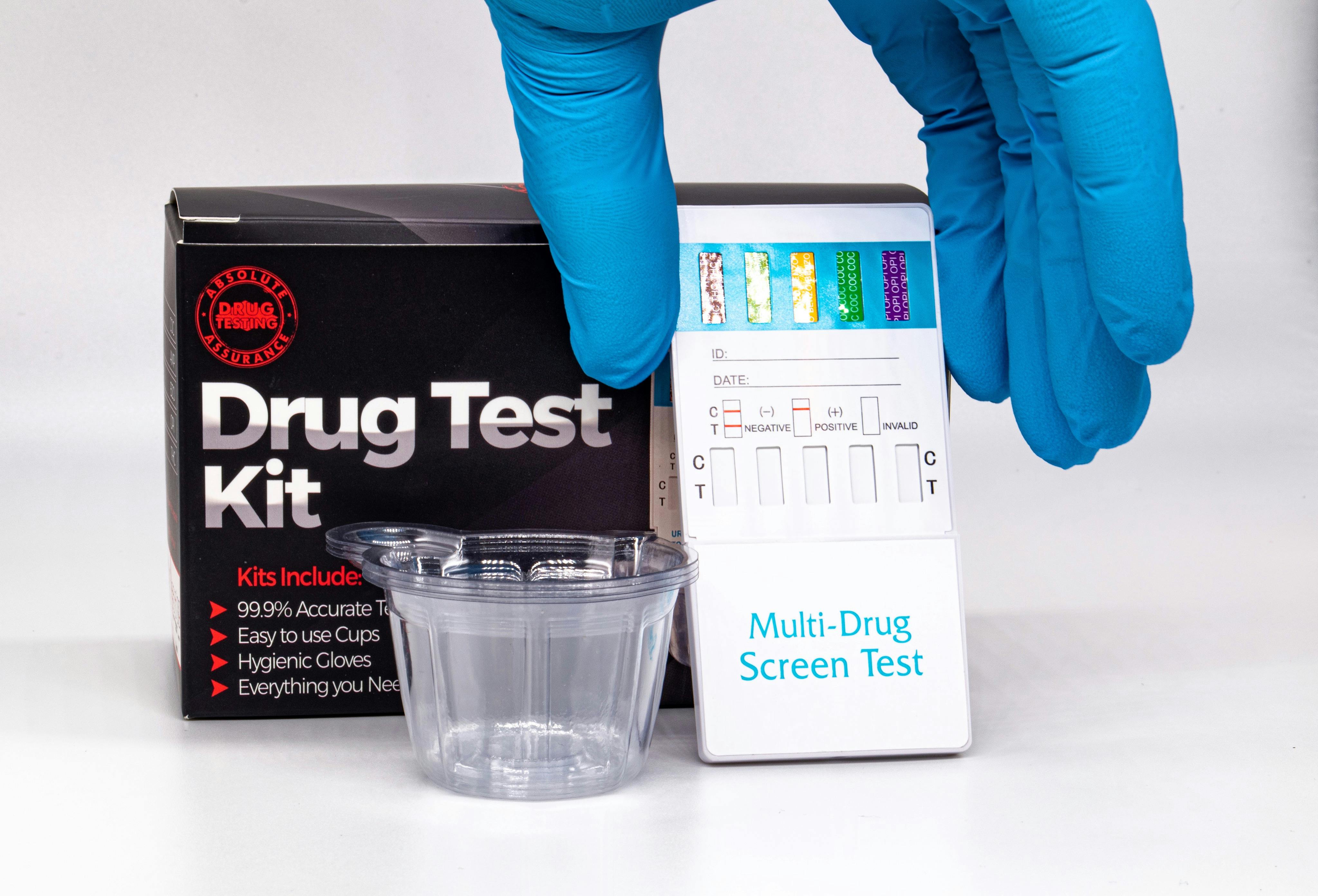
Welcome to the edge of innovation in the critical field of substance abuse detection. The journey from traditional methods to advanced technological innovations is not just fascinating but vitally important in our continuous battle against substance abuse. This exploration is designed to be an enlightening path for the curious mind, blending professional insights with a dash of playfulness to keep the complex subject engaging.
The Evolution of Detection Methods
Our journey begins with a look back at how substance abuse detection has transformed. From simple urine tests to sophisticated blood analyses, the evolution is marked by both technological advancement and an enhanced understanding of substance abuse’s biochemical markers. We now stand on the threshold of digital-age methodologies that promise accuracy, speed, and non-invasiveness.
Expanding the Toolkit: Wearable Tech
The integration of wearable technology into the field of substance abuse detection is opening new avenues for continuous monitoring and early intervention. Devices such as smartwatches and fitness trackers are being equipped with sensors capable of detecting physiological changes that may indicate substance use, providing both users and healthcare providers with invaluable data for managing and treating substance abuse.
Another effective tool in the spectrum of substance abuse detection involves the application of random drug testing, which can serve as both a deterrent and a direct method for identifying usage. This initiative supports environments aiming to maintain safety and wellness, from workplaces to educational institutions, by providing a mechanism for early detection and intervention.
Social Media: An Untapped Resource
The digital footprint left by social media usage offers an unconventional but promising avenue for detecting substance abuse. Sophisticated algorithms can sift through patterns in social media activity, identifying potential substance abuse cases based on behavior and language cues. This novel approach leverages the omnipresence of digital life to extend the reach of traditional detection methods.
Breaking New Ground: Biosensors
At the forefront of innovation are biosensors, devices capable of detecting drug molecules directly from sweat, breath, and even skin. These futuristic gadgets offer a glimpse into a world where monitoring becomes as simple as wearing a wristband. Imagine 24/7 real-time detection, a leap forward in both preventive measures and rehabilitation monitoring.
Challenges and Ethical Considerations
With great power comes great responsibility. The advancements in detection methods raise important ethical questions about privacy, consent, and the potential for misuse. Balancing the benefits of these innovative technologies with respect for individual rights is a delicate dance, one that requires ongoing dialogue and legal frameworks to navigate successfully.
Global Impact: Bridging the Gap
Advancements in detection technology have the potential to make a significant impact on a global scale. By making these tools more accessible and cost-effective, we can bridge the gap in resources between high-income and lower-income countries. This democratization of technology empowers communities worldwide to combat substance abuse more effectively, promoting a healthier, safer global society.
Artificial Intelligence: The Game Changer
Enter the tech titan: Artificial Intelligence (AI). AI’s role in analyzing complex data patterns has opened new vistas in identifying substance abuse. Machine learning algorithms can now predict potential abuse by analyzing prescription data, thereby flagging at-risk individuals much before traditional methods would have caught on. This proactive approach could potentially transform how we tackle substance abuse.
Forward-Thinking: Ethical AI and Machine Learning
As we delve deeper into the use of AI and machine learning in substance abuse detection, it becomes increasingly important to consider the ethical implications of these technologies. Developing guidelines and frameworks for ethical AI use can help ensure that these tools are used in ways that respect individual privacy and autonomy while maximizing their potential benefits for society.
Genetic Insights into Substance Abuse
This section delves into the genetic markers associated with increased risk of substance abuse and how cutting-edge genetic testing can offer unprecedented insights. Understanding one’s genetic predisposition helps in crafting personalized, more effective treatment plans, highlighting the shift towards personalized medicine in the battle against addiction.
Conclusion
The path to advanced substance abuse detection is lined with both promise and challenges. As we marvel at the technological leaps, we must also remain vigilant about the ethical implications. The future of substance abuse detection lies in our ability to harness these innovations responsibly, ensuring they serve to uplift and heal rather than alienate or harm. As we continue to push the boundaries, the hope for a more effective, compassionate approach to substance abuse shines brighter than ever.